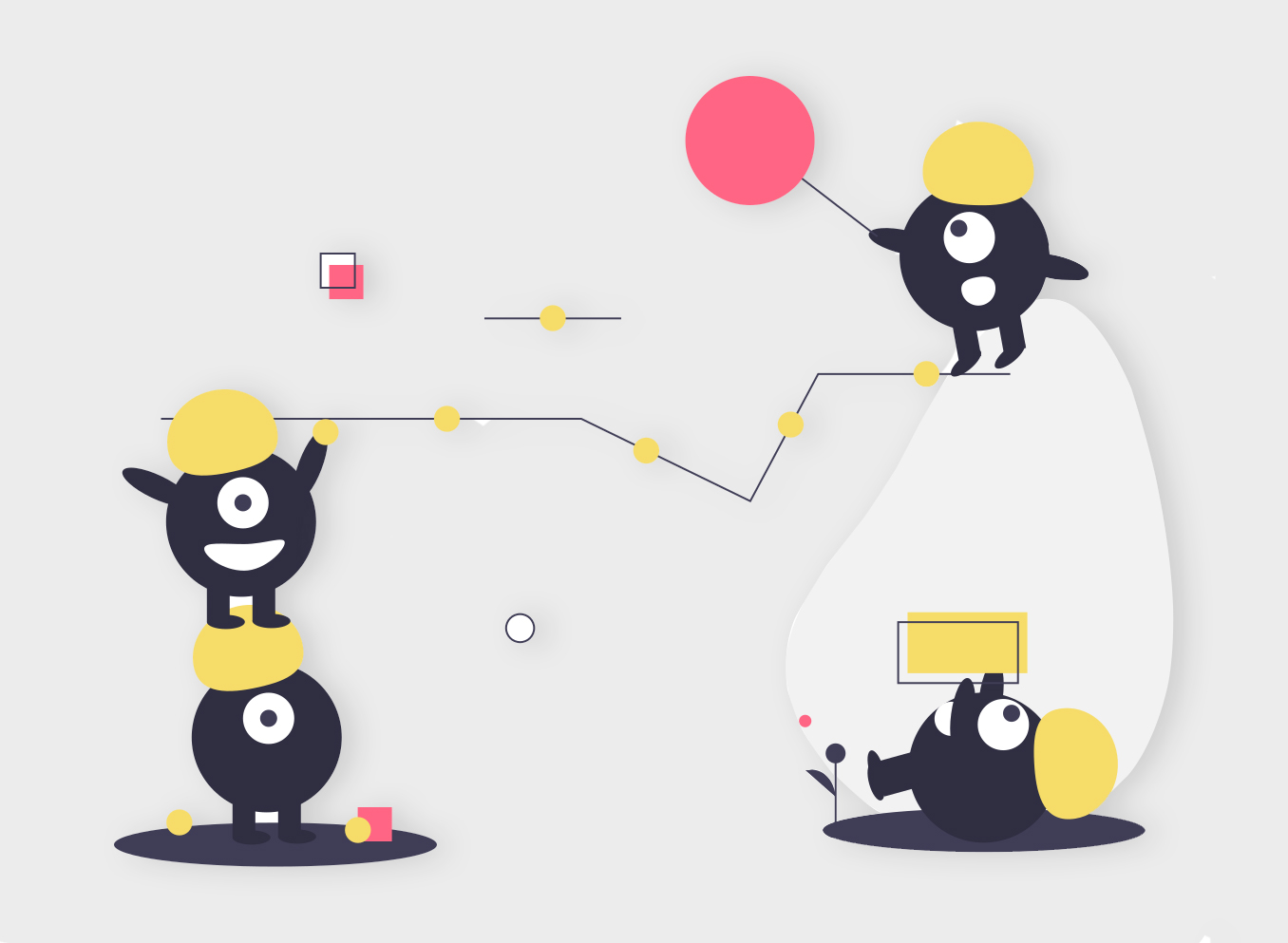Centre for Energy Equality is an impact-driven enterprise working to make clean, affordable energy accessible to everyone. We design and deliver practical solutions that address energy poverty and structural barriers to ensure no one is left behind in the low-carbon transition.
We combine innovation, collaboration, and technology to drive fair and sustainable energy solutions.

We ensure that no household, community, or business is excluded from the benefits of the clean energy transition.
Our work is led by evidence and purpose. We act where barriers to energy equality exist and prioritise long-term outcomes over short-term returns.
We work with communities, utilities, local authorities, governments, and industry partners to ensure that our projects are shaped by real needs and deliver shared value.
Our mission is to make the clean energy transition fair, inclusive, and accessible to all, so that no community is left behind. We design, test and scale innovative solutions that make clean energy affordable and sustainable for everyone in our shared net-zero future
We develop technologies and practical models that increase access to reliable and affordable clean energy.
Millions of households and small enterprises still rely on expensive and polluting fuels. In rural and urban contexts alike, this limits opportunity and increases vulnerability.
For Example: We explore new delivery models for decentralised energy. We have launched Solar Battery Hub, which is a community-operated innovation that provides swappable solar-charged batteries through a pay-as-you-go model. It reduces diesel dependence, creates local jobs, and supplies clean power for homes, schools, health centres, and small businesses in developing and emerging markets.
Helping households and other energy users cut costs and access energy efficiency improvements. We ensure the transition to low-carbon homes benefits all households, not just those who can afford upfront costs.
The UK’s net-zero transition risks leaving behind millions of households who cannot afford retrofit measures or clean heating systems. Energy efficiency improvements are often concentrated in affluent areas, whilst vulnerable households face higher bills and cold homes. This increases inequality and slows the net-zero transition.
For Example: Our Net Zero Terrace Streets program delivers community-scale retrofits at no upfront cost to residents. We developed Fairer Warmth, a digital platform that connects households to trusted retrofit providers and funding opportunities. The platform helps users understand available measures, access finance, and track progress. It is designed to reduce bills, improve health outcomes, and ensure that retrofit programmes reach those most in need.
Current programmes include ground source heat pump installations across multiple UK communities and energy advice systems operating in partnership with local authorities. Our platforms integrate with existing council services to streamline support delivery.
We are developing new ways to keep vulnerable households and essential services powered during outages using clean energy solutions.
The UK’s net-zero transition risks leaving behind millions of households who cannot afford retrofit measures or clean heating systems. Energy efficiency improvements are often concentrated in affluent areas, whilst vulnerable households face higher bills and cold homes. This increases inequality and slows the net-zero transition.
Power cuts can be life-threatening for households reliant on medical equipment and disrupt essential services such as healthcare and emergency response. Traditional backup options often rely on expensive diesel generators that are slow to deploy and often polluting.
For Example: Our EV–Respond initiative, in partnership with National Grid Electricity Distribution, is exploring how electric vehicles and smart charging can provide rapid, low-carbon alternatives. We are testing and trialling technologies such as Vehicle-to-Home (V2H) and smart charging to supply backup power when it is most needed. It is designed to protect medically dependent households, reduce the costs of emergency response, and create a pathway from resilience to everyday bill savings and local grid support.
We ensure the clean energy transition creates opportunities for everyone
A just transition is not only about technology. It is about who benefits, who gets support first, and how decisions are made. By working with communities, councils, and partners, we help ensure that benefits, opportunities, and protections are shared fairly across.
We use evidence and data to identify where support is needed most, build local capacity and ownership, and demonstrate that climate solutions can reduce inequality whilst cutting emissions.
For Example: We are enabling thousands of households to access low carbon technologies by developing innovative financial models that reduce or eliminate the upfront cost for technologies like solar and battery storage. Meanwhile, we are enabling households and business to engage in flexibility markets through smart controls.

Identify gaps and pilot new technologies/ solutions directly with communities, making sure solutions are practical, inclusive, and meet real needs.
We collect evidence on technical, financial, and social performance, using data and lived experience to refine designs and prove viability.
We demonstrate what works in practice, share insights with partners, and show how inclusive models can operate at scale.
We expand proven solutions into new regions and markets, ensuring that benefits are distributed broadly.